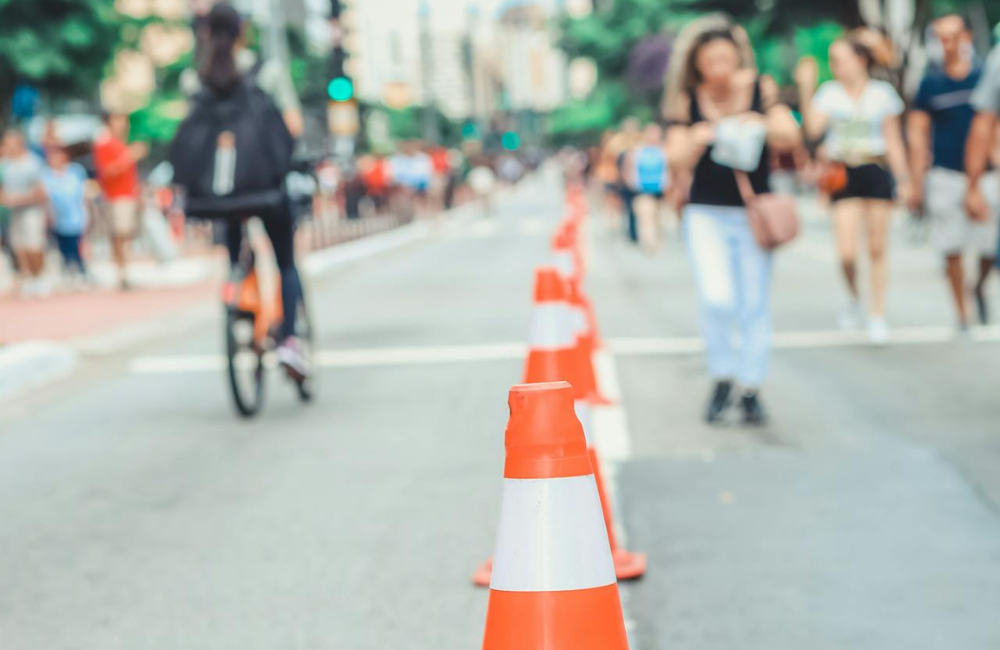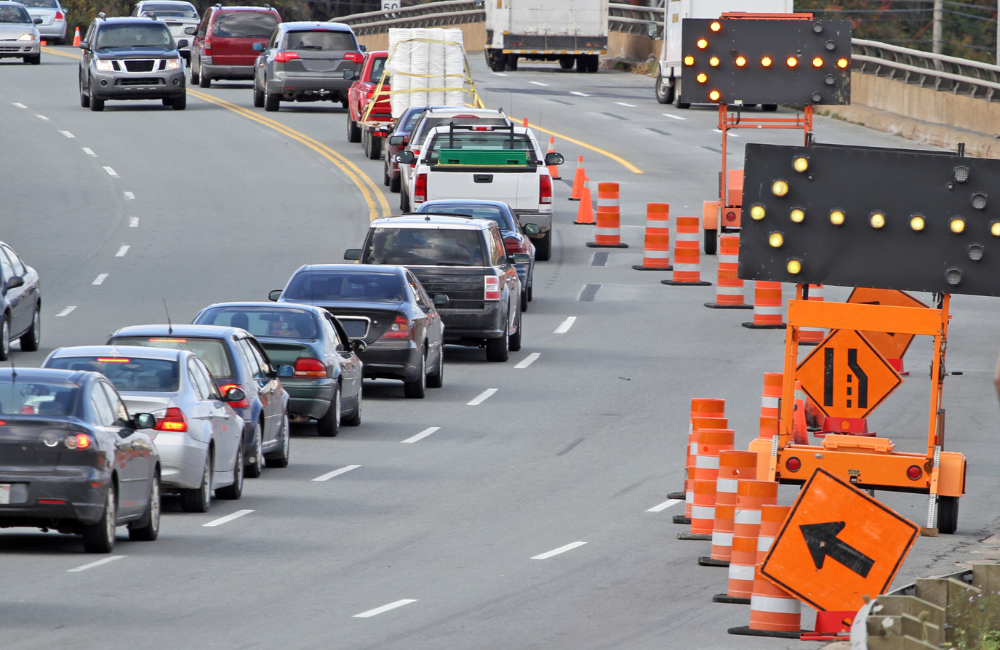Get A Free Quote
1300 007 782
Call Us On:
1300 007 782G10/RMS Accredited
Competitive Rates
ZERO Accidents or Injuries
25+ years combined experience
50+ years combined experience
Competitive Rates
G10/RMS Accredited
ISO Certified

Organising an event, no matter how large or small, is challenging and frequently stressful but ultimately rewarding. In addition to all of the other relevant safety and security measures for your event, you need to consider its impact on the surrounding vehicles, pedestrians, and public transportation in the area. Events in Sydney are big business for tourism and the local economy in a busy city where traffic is an everyday occurrence. Event traffic control in Sydney is an integral element of their success.
Concerts, music festivals, sporting matches, conventions, parades, markets, and product launches are all events that contribute to a region’s economy and vibrant cultural life, and they can all require event traffic control in Sydney.
Before holding your event, you need to approach the relevant councils, road authorities and land owners who are likely to be impacted. You’ll need to create both an event management plan and an event traffic management plan that some of these third parties will have to approve. There are numerous plans, permits, and approvals involved in the process, and every risk and hazard needs to be accounted for in event traffic control, including pedestrian safety, the loading and unloading of equipment, and parking and parking control. As events are considered workplaces, normal workplace health and safety duties apply as well.
SSTC provides comprehensive professional event traffic control services in Sydney. We help event managers and venue owners fulfil all their requirements and acquire the right documentation. We liaise with local authorities, transportation providers and emergency services to ensure everything is done by the book.
Here is the SSTC guide to event traffic control in Sydney and what you need to consider before, during and after your event.
When it comes to event traffic control in Sydney, there are factors to consider and steps you can take during each stage of the process. These stages are sometimes also called the preparation or “bump in” phase, the event staging and the event dismantling or “bump out” phase.
Some considerations are relevant to every stage, including the types of vehicles and traffic routes involved, how the event affects them, the parking situation around the venue and emergency vehicle access. Yet some measures relate more strongly to certain stages. The following is a concise guide to what to account for in your strategy before, during and after the event.
Conduct an assessment of the traffic patterns in the area, taking into account the data and infrastructure.
Identify all the entry points to the venue, how much traffic they can handle and whether any modifications need to be made.
Assess the parking facilities at or close to the venue and whether or not they accommodate all the expected attendees or if you need to find additional parking areas.
Providing public transport information and coordinating with local authorities will help ease congestion and give your attendees more options.

Station-trained traffic controllers at intersections, parking entrances and the venue, and make sure they’re equipped with the right safety devices.
Traffic management is not a static practice. It’s flexible and dynamic, responding to changes in real-time when necessary. This involves watching changes in traffic and introducing adaptations when necessary, like changing traffic signals or opening extra lanes.
Direct drivers to the parking area and consider offering a shuttle service if it’s far away.
Always provide clear access routes for emergency services vehicles such as ambulance drivers and police.
Direct traffic away from the venue in a controlled way, providing advice to attendees on exit routes when necessary.
Gather as much feedback as you can from attendees, staff and local authorities in order to assess the success of your traffic management strategy. This is an opportunity to identify any areas for improvement.
When you no longer require traffic control, it’s important to return the venue and its surrounding area to the condition in which you left it. Restore conditions to the state they were in before you implemented the traffic measures.
Use the data you collect to gain insights into factors like traffic patterns and peak times, which you can use to inform future strategies.
With all the emphasis on controlling vehicles, it’s easy to neglect the importance of pedestrian safety in event traffic control. Yet pedestrian safety is crucial, and that includes crowd safety once pedestrians reach your site. Pedestrian safety prevents accidents, makes crossings safer, ensures that emergency evacuations run more smoothly, protects you from legal liability and makes the event more accessible for all attendees.
Steps you can take to guarantee pedestrian safety in event traffic control include:

SSTC has a team of experts providing customised event traffic control services in Sydney. Our traffic control plans (TCPs) are designed to meet the unique needs of every project, taking into account construction schedules, traffic volume, and road conditions. Our state-of-the-art equipment and technology are designed and implanted to protect the safety of motorists, pedestrians, workers, and everyone else in the vicinity.
Our Sydney-based traffic management services include traffic control plans, temporary traffic control contractors, special event traffic management categories and emergency response traffic management. We work with public and private organisations to implement the solutions that are right for your event and have a fleet of utes built for the task, which carry road signs, bollards, cones, concrete barriers, portable traffic signals and any other tools for the task.
Our experienced in-house planning division allows us to provide clients with detailed traffic control plans, traffic management plans, vehicle management plans, swept path diagrams, and more. We also draw on our years of experience in the industry to take the stress out of procuring permits from governing bodies such as the Council, RMS, STA, Police, Airport, and TMC.
Our operations are strategic, fast, and thorough with safety always at the top of our priorities. To find out more about our event traffic control Sydney services, contact the SSTC team for a free quote.